Table of Contents
Properties of White Phosphorous:
Ordinarily, it is white in colour but on exposure to light, it becomes yellow in colour.
Physical Properties of White Phosphorous:
- It is a colourless, soft waxy crystalline soild. It is a bad conductor of electricity.
- It melts at 44°C under water and boils at 290°C in the presence of air. Its speciifc gravity is 1.8.
- It has smell like that of garlic and is very poisonous in nature.
- On exposure to air, it acquires a yellowish tinge and its ignition temperature is 35°C.
- It is readily soluble in carbon disulfide and benzene but it is insoluble in water.
- It is a very poor conductor of electricity.
Chemical Properties of White Phosphorous:
(1) Stability- White phosphorous is an unstable form of phosphorous. On heating, it undergoes changes as under-
(a) At 100°C, it undergoes decomposition and its density changes.
| P4 ⇌ 2P2 |
(b) At a very high temperature, atomic phosphorous is formed.
| P2 ⇌ 2P (atomic form) |
(c) When heated without air at 250°C, it is converted into red phosphorous.
| P4 (white) ———> P4 (Red) + 4.22 Kcals. |
(2) Combustion- It burns in air or oxygen to form white fumes of phosphorous pentoxide.
| P4 + 5O2 ———> 2P2O5 |
(3) Action of non-metals- It combines with non-metals like halogens, sulfur etc to form the corresponding halides and sulfides.
(a) Action of halogens- When treated with chlorine, it forms phosphorous trichloride.
| P4 + 6Cl2 ———> 4PCl3 + 76.94 Kcals |
Similarly, it reacts with bromine and iodine.
(b) Action of sulfur- In this case, phosphorous trisulfide is formed.
| P4 + 3S ———> P4S3 |
(4) Action of metals (oxidizing properties)- It reacts with metals such as sodium, calcium, etc to form the corresponding phosphides.
| 12Na + P4 ———> 4Na3P 6Mg + P4 ———> 2Mg3P2 6Ca + P4 ———> 4Ca3P2 |
These phosphides on interactions with water give rise to the formation of phosphine (PH3).
| Ca3P2 + 6H2O ———> 3Ca(OH)2 + 2PH3 |
(5) Action of alkalis- On treatment with a hot concentrated alkali like NaOH, it gives phosphine gas.
| P4 + 3NaOH + 3H2O ———> 3NaH2PO2 (Sodium hypophosphite) + PH3 |
(6) Reducing Properties- It is a strong reducing agent. It reduces concentrated H2SO4 and HNO3 and itself gets oxidized to orthophosphoric acid (H3PO4). For instance,
| P4 + 10H2SO4 ———> 10SO2 + 4H3PO4 + 4H2O P4 + 20HNO3 ———> 20NO2 + 4H3PO4 + 4H2O |
(7) Phosphorescence- At ordinary temperature, white phosphorous undergoes slow combustion and oxidation in the presence of air and thus glows in the dark giving light. This property of white phosphorous is referred to as phosphorescence.
Uses of White Phosphorous:
It is used-
- In match industry.
- In the manufacture of phosphatic fertilizers.
- In the production of smoke screens and incendiary bombs.
- As a rat poison.
- In the prepartaion of compounds like HI, H3PO4, HBr etc.
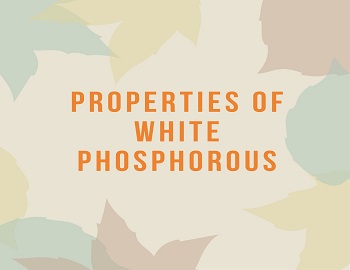
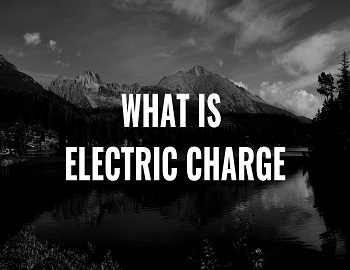
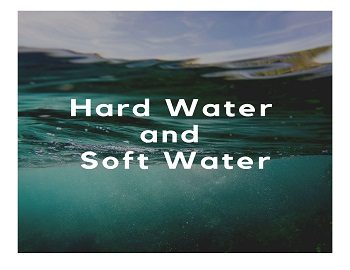
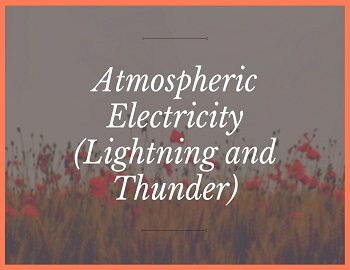


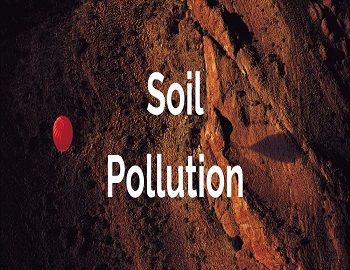
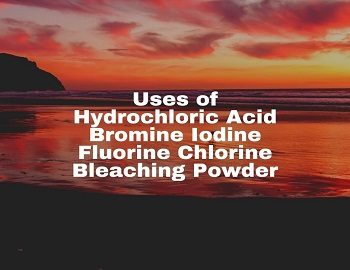

Comments (No)